
In Quebec, Atlantic Shellfish Products Inc. is recalling oysters from the marketplace after possible Salmonella contamination.

In Quebec, Atlantic Shellfish Products Inc. is recalling oysters from the marketplace after possible Salmonella contamination.

In a collaborative effort, researchers have discovered what they refer to as a “Trojan Horse” strategy that uses two developed bispecific antibodies that have proved active against all five strains of the ebolavirus.
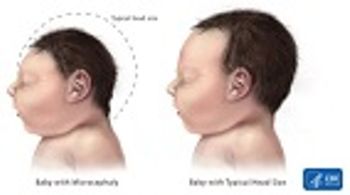
A study comparing babies born with microcephaly and closely matched, but otherwise healthy, controls has confirmed a link between the birth defect and Zika virus.

When the colistin-resistant gene, mcr-1, was first found in China in 2015, health officials around the world knew that the gene would inevitably appear in their countries. It has since been detected in other parts of Asia, Europe, and North America, including Canada, which just released a 2016 report from their Canadian Antimicrobial Resistance Surveillance System.
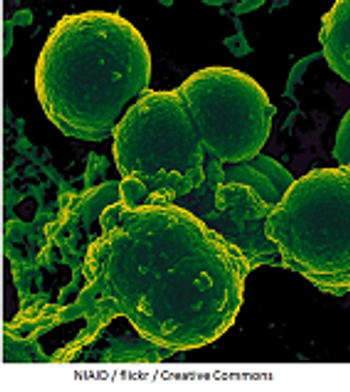
To find the next great innovation to fight the spread of drug-resistant bacteria, the National Institutes of Health has announced the launch of a new federal prize competition dubbed the Antimicrobial Resistance Diagnostic Challenge.

Hepatitis A cases have been reported throughout at least nine different US states and the number of cases continue to rise.

The Centers for Disease Control and Prevention may revisit its travel guidance on south Florida as soon as early next week, if there are no new cases involving local transmission of the Zika virus in the region; however, local businesses continue to be impacted.

By targeting CabA, an extracellular matrix protein essential for biofilm formation, it may be possible to reduce the incidence of food-borne illnesses caused by the potentially lethal Vibrio vulnificus marine bacterium found in biofilms on oyster shells and meat.

Using the mainstream media as the medium for their message, some of the nation’s leading physicians urged Congress to pass a “clean, bipartisan funding measure” to fight the spread of Zika, both in the United States and abroad, and to “protect pregnant women” from the complications associated with the virus.

A varicella outbreak that had occurred last year in Michigan is thought to be associated with riding on a school bus, which makes small, enclosed spaces, such as a school bus, a risk factor for both transmitting and acquiring airborne diseases.

Based on 2D and 3D in vitro models, treatment with mycophenolic acid confers very high levels of drug resistant rotavirus viral replication suppression and may therefore be a useful immunosuppressive agent for preventing rotavirus infection in transplantation patients.
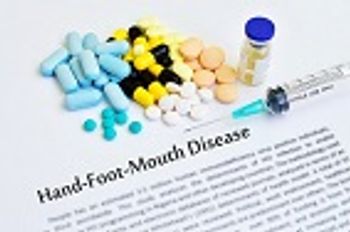
With schools and colleges back in session, so too are contagious illnesses such as hand, foot, and mouth disease, which has recently broken out in two New Jersey high schools and a Florida university.

Experts who predicted that West Nile virus would present Louisiana with its greatest infectious disease-related challenge in the aftermath of the horrific flooding in the state in August appear to have been correct.

A new, adaptable antibody, has been discovered by researchers at the Dana-Farber Cancer Institute that can mutate to neutralize a number of influenza strains.

Walgreens has partnered up again with the US Department of Health in an effort to improve rates of flu vaccination by providing over $10 million in free flu shot vouchers for Americans who are uninsured.

According to a recent study, people’s food preferences during times of sickness may be linked to the type of infection they have and to the type of food the immune system needs to combat the infection.

Researchers at the University of Washington may have gained new insight into exactly how Zika virus infection damages the developing brain of the fetus in pregnant women.

For consumers ordering pre-packaged foods, the United States Department of Agriculture recommends following several food safety tips.

Researchers from the University of Valencia have taken part in an international study that has found that gut bacteria play a role in immune system recovery in HIV patients.

A recent study has shown that disabling bacterial flagella could prove to be an effective new method by which to fight some bacterial infections.

Zika’s history as a “tropical” disease plays into the theory that global warming has played a role in the presence of virus-carrying Aedes Aegypti and Aedes Albopictus mosquitoes, and thus the disease itself, in heretofore “temperate” climates such as the southeastern United States.
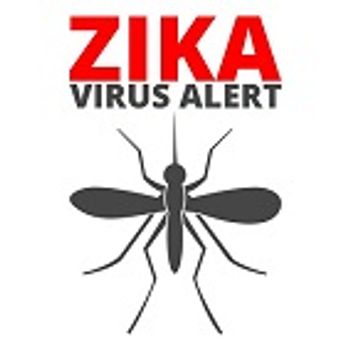
Pregnant women or women planning to become pregnant concerned about the effects of Zika on their health as well as the health of their unborn children have another potential complication to worry about: miscarriages.

The CDC recently announced that their investigators have identified a strain of Escherichia coli with the colistin-resistance gene mcr-1 in a Connecticut child, in what is now the fourth patient in the United States to test positive for an isolate with mcr-1.

The mainstream media has put the Florida Department of Public Health (DOH) on the defensive over Zika.
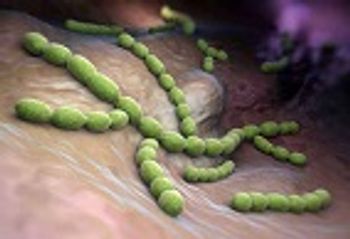
Nearly 900,000 people in the United States get pneumococcal pneumonia each year, resulting in about 400,000 hospitalizations annually.

The FDA has granted biopharmaceutical company, MGB Biopharma’s lead candidate, MGB-BP-3, Qualified Infectious Disease Product (QIDP) designation for the treatment of Clostridium difficile-associated Diarrhea.

Dubbed 'the perfect pathogen' by researchers, norovirus possesses all the markers of an ideal infectious agent.
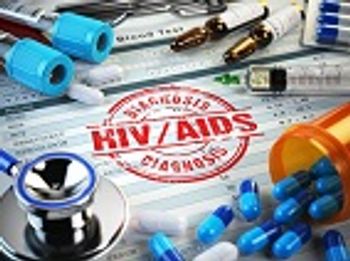
A new study led by researchers at the University of Oxford has offered insight into what happens when pharmaceutical drugs do not work as expected.

The US military has been actively engaged in the battle against Zika, even as more than 100 members of the armed services have been diagnosed with the mosquito-borne virus.

A new study has shown that infected wild house mice will disengage from their social groups, resulting in a decreased potential for disease transmission; these findings can be applied to improve models used to predict transmission of infectious diseases spread by social contact, such as Ebola and influenza.